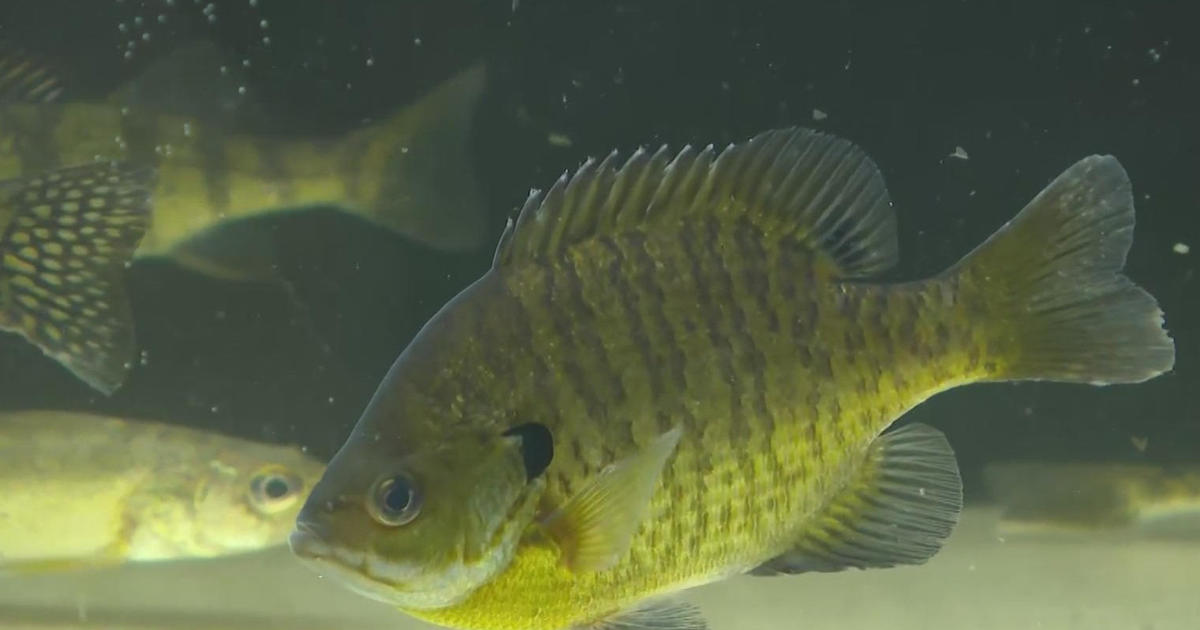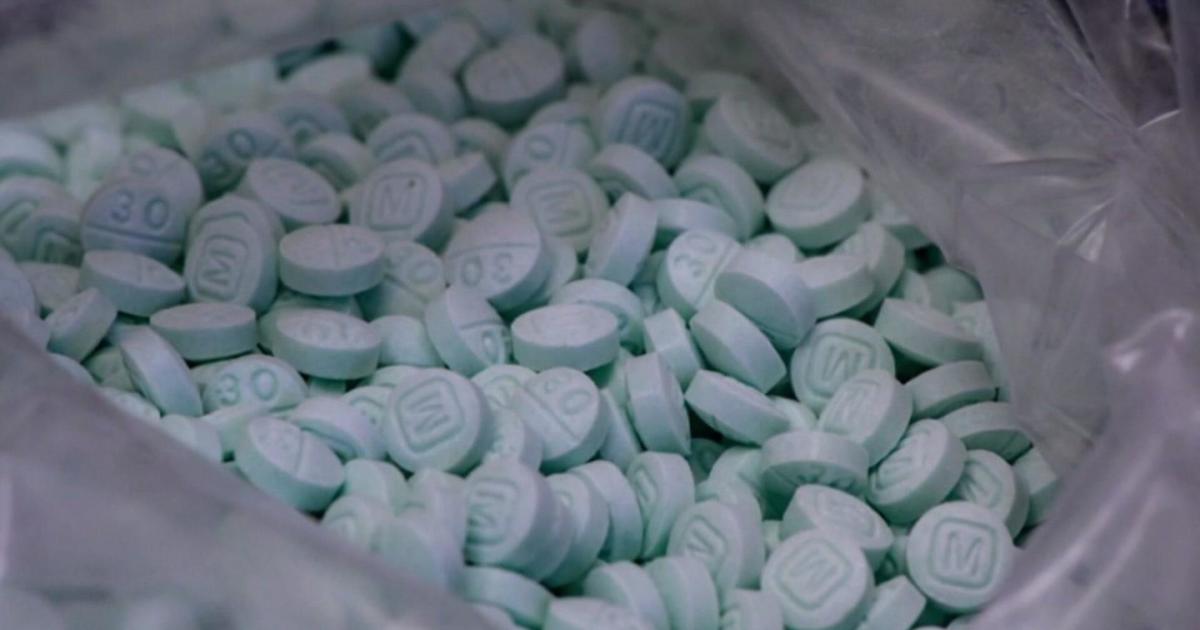Good Question: Why Do We Have Retaining Ponds?
MINNEAPOLIS (WCCO) -- On the western edge of New Brighton, the Hodson family lives on what could be called pond-front property. They live on a holding pond named "Lake Forest."
"Google Maps told us," says Matt Hodson. "We thought it was funny because my wife grew up in Forest Lake and now you can live on Lake Forest."
Lake Forest is more than 50 years old and is one of several retention ponds that feed into Long Lake.
Minnesota tends to have more retention ponds that other states.
"We have 10,000 lakes and roughly 30,000 urban ponds, so we are the 'Land of Ponds and Lakes,'" says John Gulliver, a professor of civil engineering at the University of Minnesota.
There are generally multiple retention ponds for every body of water. It is the most popular way in the United States to treat storm water and keep the lakes and rivers clean.
"What they do is capture the storm water after it comes through the catch basin and the storm sewer before it goes into the lake or river," said Gulliver.
Storm water supplies Minnesota's lakes and streams, but it is also their biggest sources of pollution. For example, think about all the tires that have worn down on the highways before a big rain.
The basins capture the storm water and allow the particles to settle in the pond. That leaves behind the cleaner water to go back into the lakes and rivers.
Studies have shown retention ponds can remove 30 percent to 80 percent of pollutants. Often, the ponds are cleaned by cities or counties every few years.
The Metropolitan Mosquito Control District gets questions every summer from people about the holding ponds in their yards. Mike McLean of the MMCD says these ponds are not good breeding grounds for mosquitos. They are generally too large and do not expand and contract in a way that would allow for mosquito eggs to be hatched.
As for their safety, Gulliver would not recommend swimming in them, but says kayaking, canoeing or wintertime hockey rinks are just fine.
"The chemicals are not concentrated enough to change the chemicals of the ice, so [they] ice up like any pond would," Gulliver said.




